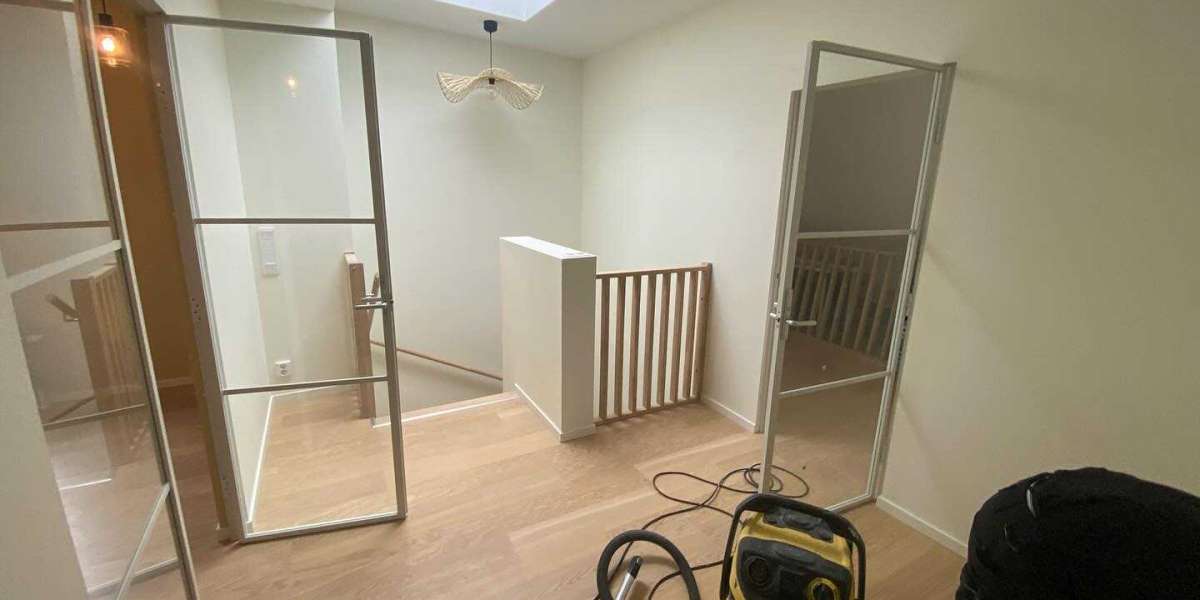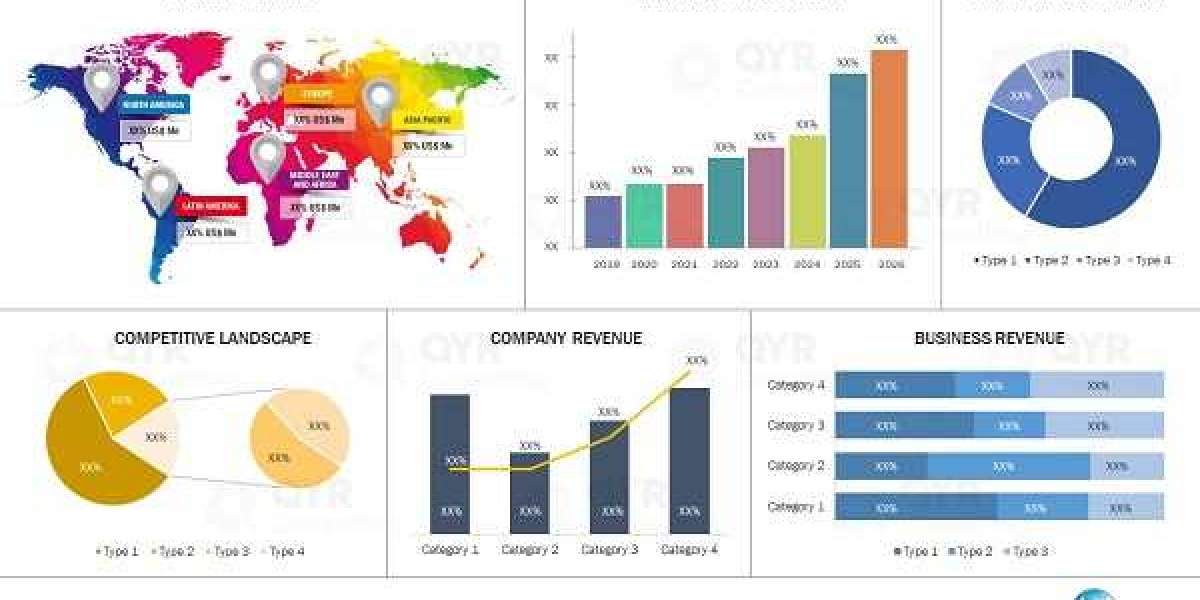bärande vägg riva
Vi är en mycket erfaren rivningsfirma i Stockholm och utför allt inom Byggrivning, Riva Bärande Vägg, Avväxling Bärande Vägg, Lättrivning, Husrivning, Håltagning, Betongborrning och tar oss an nästan alla typer av rivningsarbeten. Mindre arbeten kan utföras manuellt med handverktyg, medan större rivningsprojekt som riva en bärande vägg och avväxling bärande vägg kräver användning av tyngre maskiner. Vi hanterar en mängd olika uppgifter, från små projekt som badrumsrenoveringar till fullständig rivning av hus och andra strukturer. Vårt team tar hand om varje detalj i rivningsprocessen, och vi garanterar att allt rivningsavfall tas om hand på ett säkert och miljövänligt sätt. Oavsett storleken på projektet, från småskaliga inomhusjobb till omfattande rivningar av hela byggnader, har vi kapaciteten och expertisen att genomföra arbetet effektivt och professionellt. Vi ser till att rivningsmaterialet transporteras bort och deponeras korrekt, vilket bidrar till en hållbar hantering av byggavfall.











